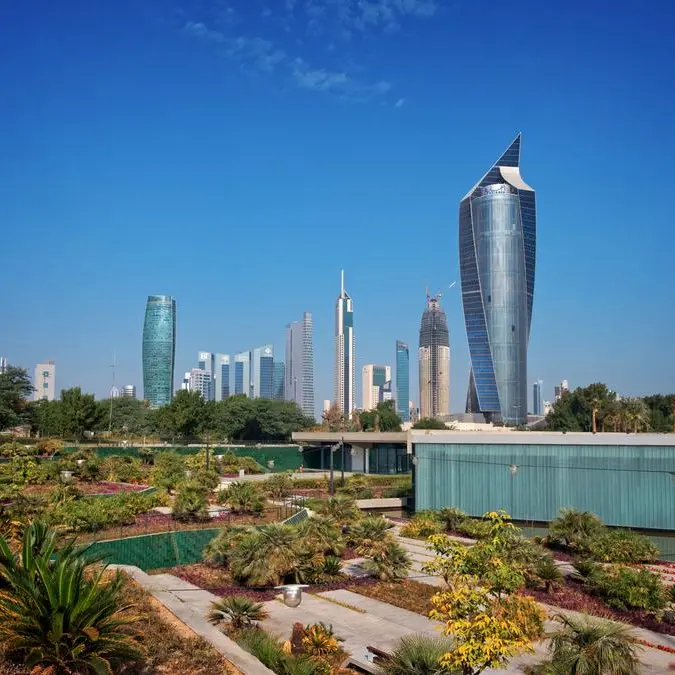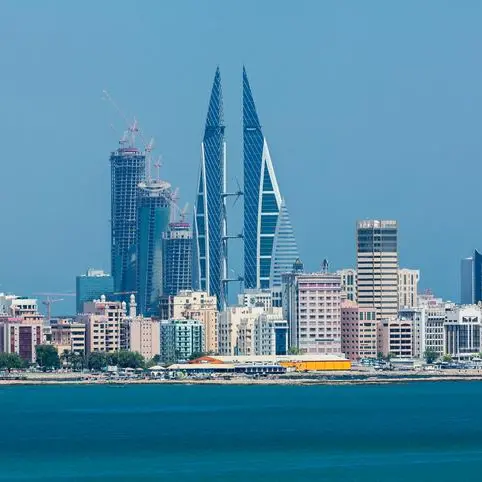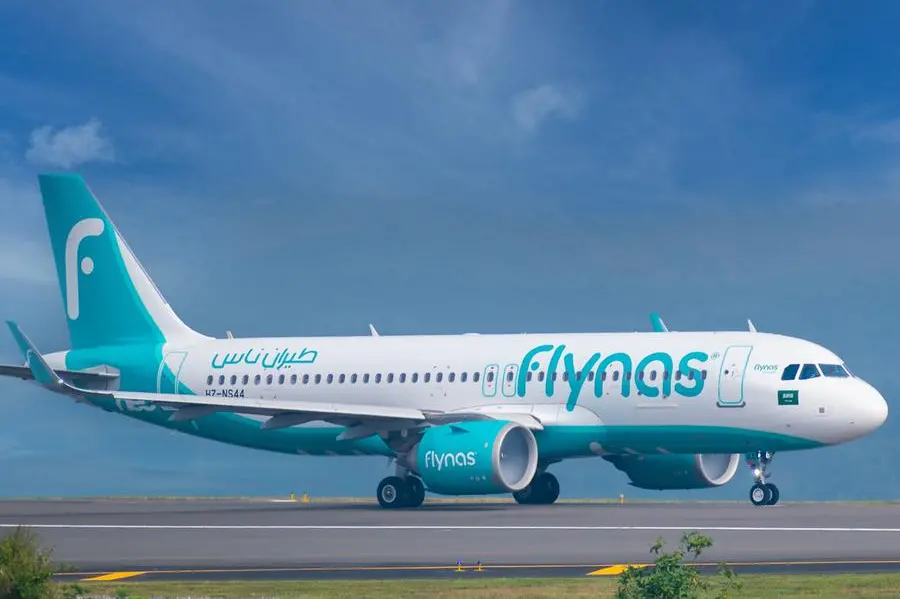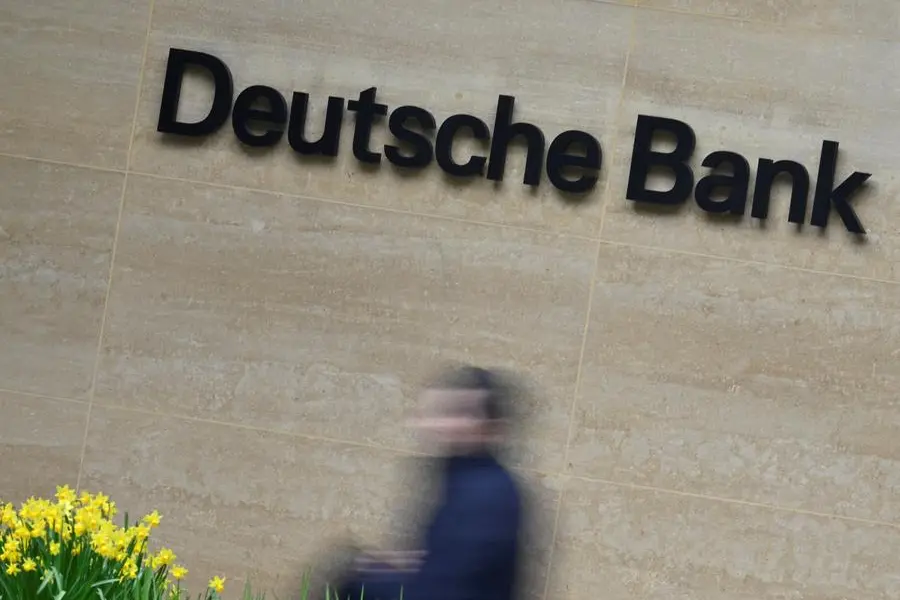PHOTO
Photo taken from Darsait beach and costal area. also Darsait is a residential locality in Muscat, the capital of the Sultanate of Oman. Image used for illustrative purpose. Getty Images
Interview with Khalid al Abri, General Manager – Finance & Corporate Services, Oman Data Park
Muscat – As Oman accelerates its digital transformation journey under Vision 2040, Oman Data Park – the sultanate’s premier managed services provider – has emerged as a key enabler of this shift towards digitalisation. In this exclusive interview, Khalid al Abri, General Manager – Finance and Corporate Services at Oman Data Park, discusses how the company is enabling this transformation through its robust data centre infrastructure, cloud services, and cybersecurity solutions. He sheds light on Oman Data Park’s client base, strategic priorities, and the growing demand for AI-driven infrastructure, while outlining the company’s future expansion plans.
Can you provide a brief overview of Oman Data Park and the services it offers?
Oman Data Park began its journey in July 2012 when its founding shareholders decided to establish the company. From the outset, Oman Data Park positioned itself as the sultanate’s premier IT managed services provider. Through our state-of-the-art facilities, expertise, and solutions, we aim to deliver premium IT services to the clients. Our core services include hosting and data centre services.
Over the years, we have expanded our offerings to include cloud services, cybersecurity, and managed services. We provide state-of-the-art, certified Tier III and Tier III+ data centres across Oman. We have ensured that our data centres showcase advanced design and implementation, ensuring high availability, security, and efficiency. By providing our services, we enable our clients to focus on their core businesses while we take care of all their IT-related activities – from infrastructure to managed services. Our services operate 24/7 with a service reliability efficiency (SRE) of 99.98%, ensuring uninterrupted availability for our clients.
Can you tell us about Oman Data Park’s client base? Are your clients major corporations or small and medium-sized companies?
We serve a broad spectrum of clients, including companies in the telecommunications, government, banking, and logistics sectors. Additionally, we cater to medium and small enterprises as part of our portfolio. We also work extensively with oil and gas companies. Overall, we serve hundreds of government entities, private corporations, and SMEs. Our cost-effective and secure solutions enable these organisations to focus on their primary objectives while we manage their IT infrastructure and development.
Can you elaborate on the managed services offered by the company and how they help businesses optimise their IT infrastructure?
We manage the IT infrastructure of our clients and ensure the seamless operation and management of their systems. This includes maintaining cooling systems, physical security, and cybersecurity within their premises. Our managed services extend to cloud solutions, where we oversee the client’s IT environment, ensuring its health, efficiency, and security.
In the IT ecosystem, several layers support business applications. At the foundational level is the data centre, followed by infrastructure (cloud services). Above that, clients require software licences, such as Microsoft and Oracle. Users then interact with applications like ERP systems, which require all underlying layers to function smoothly. Our role is to ensure that all these elements – from power and cooling to connectivity, backups, and redundancy – work seamlessly to maintain business continuity for our clients.
In your view, what role does Oman Data Park play in supporting Oman’s national digital transformation goals?
The demand for ICT services in Oman is growing rapidly, and we aim to lead the development of cutting-edge technology solutions in the country. We see ourselves as a key enabler of Oman Vision 2040’s digital transformation objectives. Our mandate is to ensure that the necessary technology infrastructure is available for businesses to operate efficiently.
Today, we have multiple hyperscaler cloud services available within Oman Data Park, including Oracle Cloud Infrastructure (OCI) and Amazon Web Services (AWS). Additionally, we offer the National Cloud, which ensures that data remains within the country. We are actively working with other hyperscalers to expand this portfolio further. Data localisation is a critical component of our strategy, ensuring that corporate data remains protected and stored within Oman.
Can you give an overview of Oman Data Park’s current infrastructure and data centre facilities, including their scale and capacity?
Our data centres have a total capacity of over 10 megawatts, and we have plans to double this capacity to 20 megawatts within the next five to ten years. The key driver for this expansion is the rising demand for AI infrastructure. Global players are increasingly engaging with us due to Oman’s geopolitical position, available land, and power resources. AI requires significantly higher power consumption, and we anticipate that future data centre capacities will need to expand accordingly. Today, an average data centre rack consumes 5 to 8 kilowatts, but future AI-driven demand could increase that tenfold. This trend is driving investments in data centre expansion worldwide.
AI is transforming various sectors, enabling businesses to operate faster and with greater accuracy. It has become an essential tool in both professional and social life, facilitating rapid access to information and streamlining operations. We believe these trends will continue to drive demand for data centres in the coming years.
How do you view the current state of data centre market in the region, and how is Oman Data Park positioning itself to capitalise on these trends?
By hosting international hyperscalers locally, we enhance data security and ensure data residency compliance. Currently, much of the region’s data is stored outside national borders, which presents security and regulatory challenges. Our local cloud services provide a competitive advantage by allowing companies to select the most suitable hyperscaler for their applications while ensuring data remains within Oman’s jurisdiction.
How has Oman Data Park’s financial performance been in recent years?
The company has experienced rapid growth since its inception, with an average annual revenue growth rate of around 20%. We are performing well financially and continuing to invest in technology and cloud services. We hold a dominant position in the market, with more than 70% market share in Oman’s public sector IT services. Looking ahead, we believe that the ICT sector will contribute significantly to Oman’s GDP, in line with Vision 2040, which targets a 10% GDP contribution from the technology sector. As digital transformation and AI adoption expand, Oman Data Park’s role in this sector will continue to grow.
What are the key investment initiatives Oman Data Park is currently assessing for future expansion?
We are focusing on three key areas: data centres, cloud and cybersecurity. We will continue to expand our data centre infrastructure to meet the increasing demand for AI and cloud services. We are planning to expand our cybersecurity capabilities to safeguard organisations against evolving cyber threats. Along with shareholders, we will explore strategic M&A opportunities to enhance our service offerings and expand our market reach.
Can you shed more light on the role of emerging technologies such as AI, and how they will impact Oman Data Park’s outlook in the coming years?
Technology presents both opportunities and challenges. We must focus on leveraging its benefits while mitigating potential risks. AI will play transformative roles in the ICT sector, enabling businesses to operate more efficiently and securely. With 5G network expanding rapidly, connectivity speeds and data processing capabilities will improve significantly. Edge computing will enhance real-time data processing at the network edge, reducing latency and improving efficiency. AI, meanwhile, will continue driving automation and innovation across industries. At Oman Data Park, we are aligning our infrastructure and services with these technological advancements to support businesses in Oman and beyond, ensuring they remain at the forefront of digital transformation.
© Apex Press and Publishing Provided by SyndiGate Media Inc. (Syndigate.info).
Gulam





















